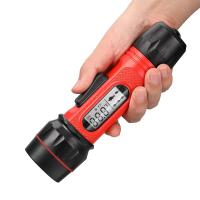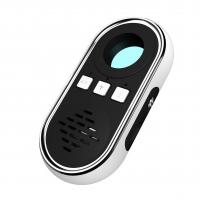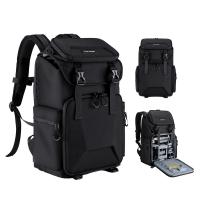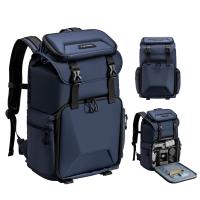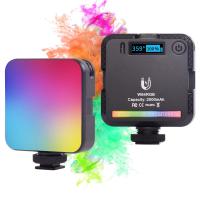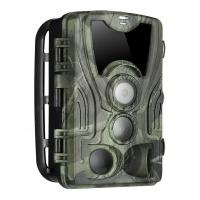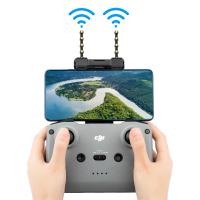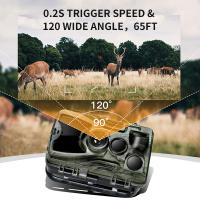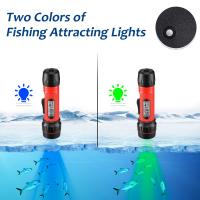How To Use A Range Finder?
A range finder is a versatile tool used in various fields such as golfing, hunting, and even in construction. It helps in measuring the distance between the user and a specific target. Understanding how to use a range finder effectively can significantly enhance your accuracy and efficiency in these activities. This article will guide you through the essential steps and tips for using a range finder, ensuring you get the most out of this handy device.
Understanding the Basics

Before diving into the practical steps, it’s crucial to understand the basic components and functionalities of a range finder. Most modern range finders use laser technology to measure distances. They emit a laser beam towards the target, which then reflects back to the device. The range finder calculates the time it takes for the laser to return and converts this into a distance measurement.
Types of Range Finders
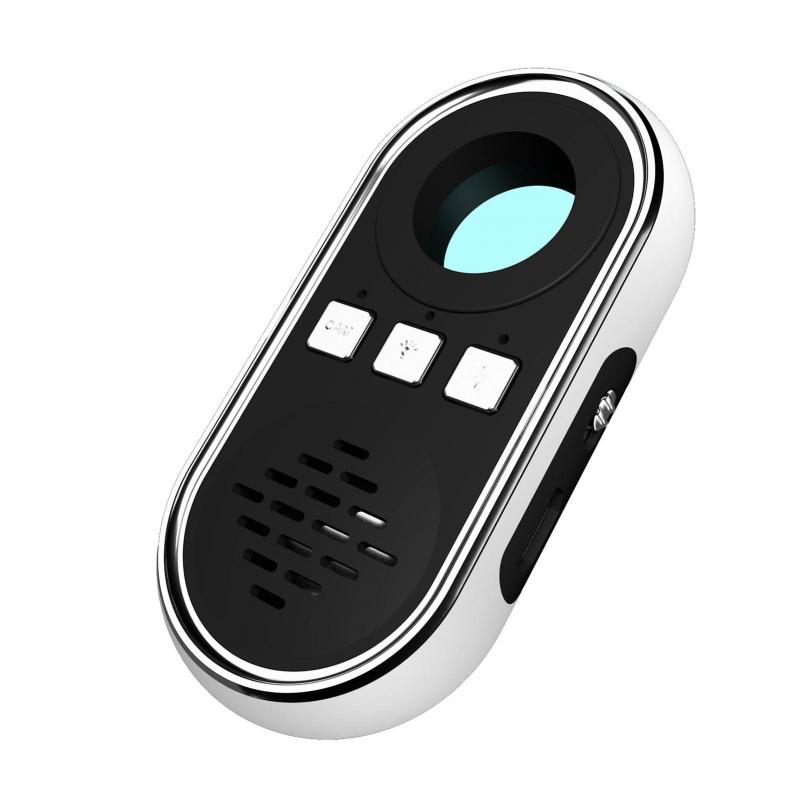
There are primarily two types of range finders: optical and laser. Optical range finders use lenses and mirrors to measure distance, while laser range finders use laser beams. Laser range finders are more popular due to their higher accuracy and ease of use.
Step-by-Step Guide to Using a Range Finder
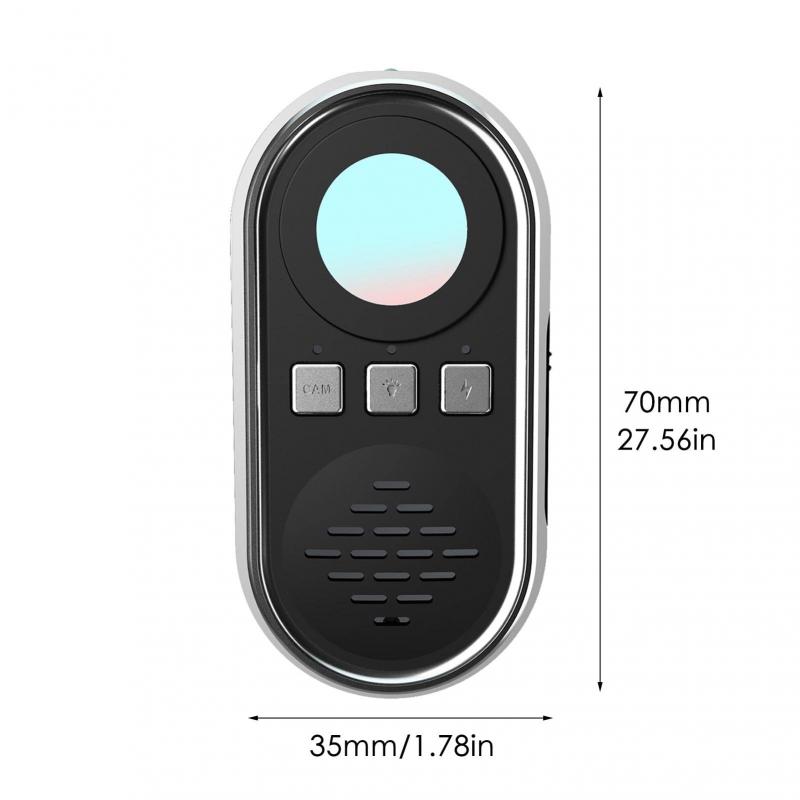
1. Read the Manual
Every range finder comes with a user manual. It’s essential to read this manual thoroughly to understand the specific features and functionalities of your device. Different models may have unique settings and modes that you need to be aware of.
2. Power On the Device
Most range finders have a power button. Press this button to turn on the device. Some models may require you to hold the button for a few seconds.
3. Adjust the Settings
Modern range finders come with various settings such as mode selection (e.g., golf mode, hunting mode), measurement units (yards or meters), and sometimes even slope adjustment. Adjust these settings according to your specific needs.
4. Aim at the Target
Hold the range finder up to your eye and look through the viewfinder. Aim the crosshairs or reticle at the target you want to measure the distance to. Ensure that your hand is steady to get an accurate reading.
5. Press the Measure Button
Once you have the target in your sights, press the measure button. This button is usually located near the power button. The range finder will emit a laser beam towards the target and calculate the distance.
6. Read the Measurement
The distance measurement will be displayed on the screen inside the viewfinder or on an external display, depending on your model. Some advanced range finders also provide additional information such as angle, height, and even speed of the target.
Tips for Accurate Measurements
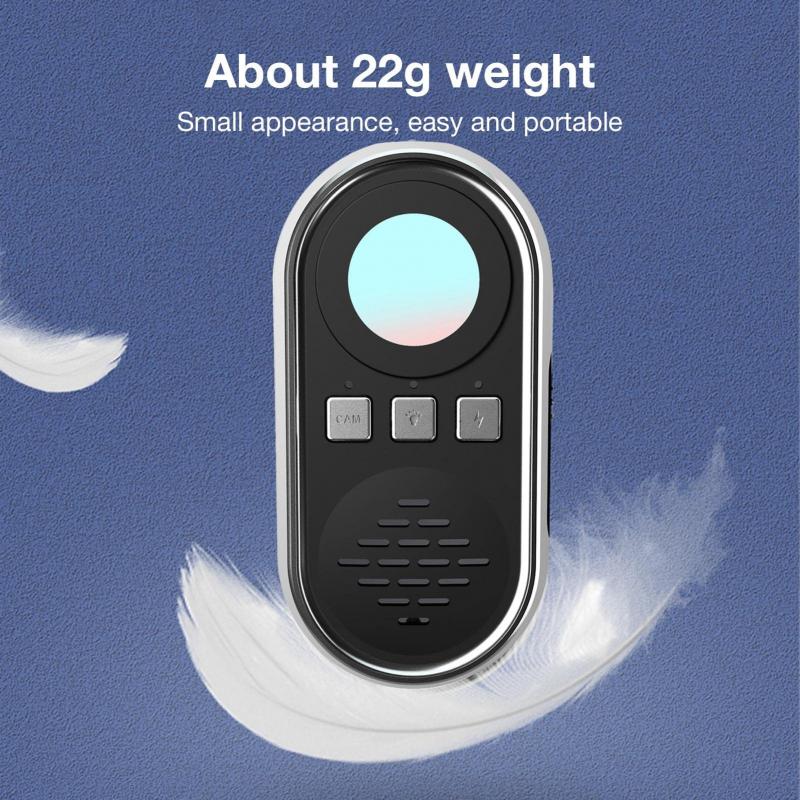
1. Steady Your Hand
A shaky hand can lead to inaccurate measurements. Use both hands to hold the range finder steady or rest it on a stable surface.
2. Choose the Right Mode
Different activities require different modes. For instance, golf mode may account for slopes and provide a more accurate distance for your shot, while hunting mode might prioritize the distance to the nearest target.
3. Check the Battery
A low battery can affect the performance of your range finder. Always check the battery level before heading out and carry spare batteries if possible.
4. Practice
Like any other tool, using a range finder effectively requires practice. Spend some time familiarizing yourself with the device and practicing in different conditions.
Common Issues and Troubleshooting
1. Inaccurate Readings
If you’re getting inaccurate readings, ensure that the lens is clean and free from obstructions. Also, check if you’re using the correct mode for your activity.
2. Device Not Powering On
If your range finder isn’t powering on, check the battery. Replace it if necessary. If the problem persists, consult the user manual or contact customer support.
3. Blurry Display
A blurry display can be due to a dirty lens or incorrect focus settings. Clean the lens with a soft cloth and adjust the focus according to the manual.
Advanced Features
Some high-end range finders come with advanced features such as:
1. Slope Measurement
This feature calculates the angle of elevation or depression and adjusts the distance measurement accordingly. It’s particularly useful in golfing and hunting.
2. Target Priority Modes
These modes help in distinguishing between different targets. For example, first target priority mode measures the distance to the closest object, while distant target priority mode measures the distance to the farthest object.
3. Ballistic Calculations
Some range finders designed for hunting come with ballistic calculators that provide information on bullet drop and windage, helping you make more accurate shots.
Applications of Range Finders
1. Golfing
In golfing, range finders help in measuring the distance to the flagstick, hazards, and other points on the course. This information is crucial for selecting the right club and making accurate shots.
2. Hunting
Hunters use range finders to measure the distance to their prey, ensuring a precise shot. The slope measurement feature is particularly useful in mountainous terrains.
3. Construction
In construction, range finders are used to measure distances between different points on a site, helping in planning and executing projects more efficiently.
A range finder is an invaluable tool that can significantly enhance your performance in various activities. By understanding its functionalities and following the steps outlined in this article, you can use your range finder effectively and accurately. Remember to practice regularly and keep your device well-maintained to ensure it serves you well for years to come. Whether you’re a golfer, hunter, or construction professional, mastering the use of a range finder can give you a competitive edge and improve your overall efficiency.


